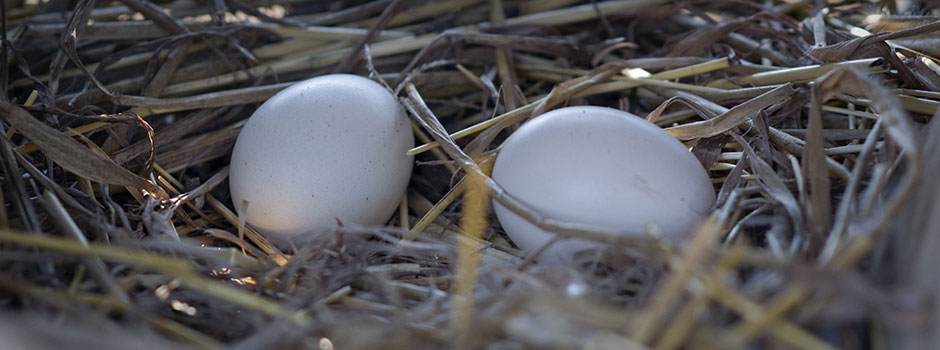Natural regeneration of native pasture for dairy cattle
Project Facts
Private investiment and partneship with with The University of São Joao Del Rei
Rogerio M Mauricio - [email protected]
Case overview/description
Land & landscape degradation, Low milk productivity, low stocking rate, low income for milk farmers
Our main goal was to develop a research project on native grass (Echinolaena inflexa) to measure biomass production all along the year and nutritional value. These points were relevant to establish livestock stocking rate, pasture management and diet supplementation.
nothing to declare
Native forage grazing system during the rainy season which is supplemented by maize silage during the dry season. Minerals mixture all along the year and no chemical treatments for animals (just homeopathic medicines).
Subsistance
Farmer
Technicians (UFSJ)
Extension service center
Students (UFSJ)
Researchers (UFSJ)
Research project conducted by University of Sao Joao Del Rey (Prof. Rogerio M Mauricio) sponsored by State and National institutions
Outcome/ Beneficiaries/ Issues
The research project was conducted at farm level during one year
In terms of social issues, we would like to emphasize the farmer involvement in the project and also his participation at seminars, national and international projects and video. He became an enthusiast farmer on native grass after the project.
The most important issue related to the outputs of the project was related to landscape conservation and cattle production. We proved that it is possible to produce milk using native grass instead of seeding exotic grass (Braquiaria) that requires soil ploughing, fertilizer and agrochemicals if farmers respect the grass production and stocking rate all over the year. For that, our data (biomass production and nutritional composition) were very important to maintain milk production and landscape conservation.
As we have extension services involvement on the project the results were communicated to other farmers and new followers of the idea were captivated. In addition, the short videos and publications were essential to spread the methods.
The only problem was related to conciliate a project at farm level with a research project that means a scientific publication at the end of the work. It was hard to establish a methodological scientific approach in the farm that has restrictions of land availability and also requires an extra labor work
If farmers understand the value of native grasses which are adapted to soil and climate compared to exotic forages that could produce more biomass but are dependent on fertilizer and agrochemical, the livestock production could be sustainable. In addition, we need to keep in mind the value of flora biodiversity which is drastically reduced in mono grass systems. Therefore, the most important lesson, which was transmitted to farmers, is that native grass has value for livestock and environment and we can produce milk in a sustainable way.
We would like to measure several environmental benefits of the native grass (biodiversity, soil conservation etc.) which are labor and money demand and restricted our goals.
Native grass, forage biomass, forage quality and dairy cattle







